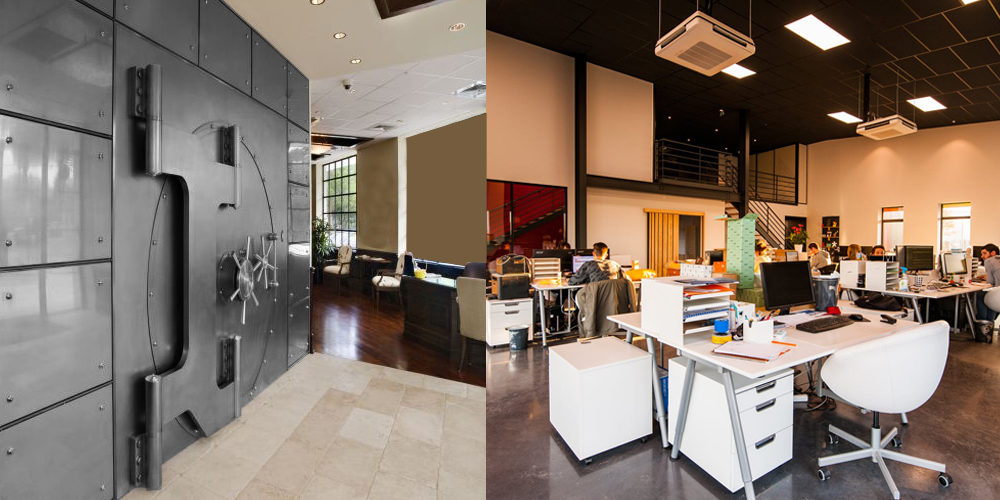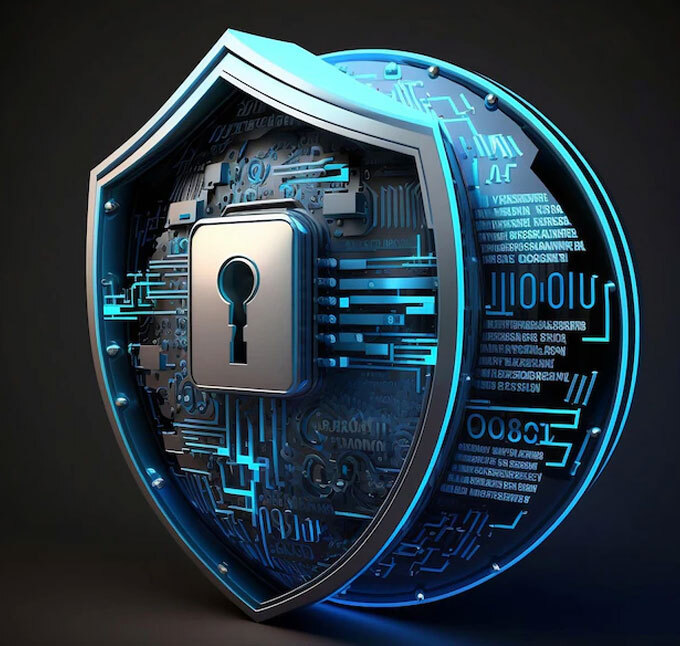
Fail safe vs Fail secure
Fail Safe Vs Fail Secure: Which one should you choose?
Fail safe and fail secure are locking mechanisms, used under a wide range of access control applications. Designed to create a secure access controlled environment, these advanced locking mechanisms help you define the scope of your system and comply with your organization’s security requirements.
Based on the purpose for which the lock is being used, user can determine whether a fail -safe or fail -secure mechanism is needed.
Fail Safe:
In the fail safe mode, when the power is supplied the lock sets to locked state whereas on power failure, the door automatically unlocks, allowing people to exit the area. The fail safe locks are widely used in places where safety of life is a priority. However, the main drawback with this mechanism is that once the power supply is cut, there should be another way to secure all the entry and exit points.
EM (Electromagnetic) locks is great example of fail-safe locks.
Fail Secure:
Fail secure locks use a mechanism known as electric latch retraction (EL), where, the latch remains in retracted position as long as power is applied. Once, the power supply is cut, latch sticks out again, locking the door. The main drawback with the mechanism is the lockout condition in case of prolonged the power cut. In the scenario there has to be a provision for either a mechanical bypass or an external power terminal. An example of fail secure lock is the powered latch lock.
Which is better?
If your organization is looking for securing an area where people are expected to gather, for example, office conference rooms, operational areas, common areas, cafeteria etc., fail safe mechanism is the correct alternative. Whereas, if you are looking for a solution to secure your valuable assets such as , storage rooms, server rooms, bank lockers, main entrances etc., then fail secure is the way to go.
It is always advisable to let an expert have a look and design a solution for you incorporating whichever technology serves your needs in the best way.

 USA
USA
 UAE
UAE
 IN
IN









